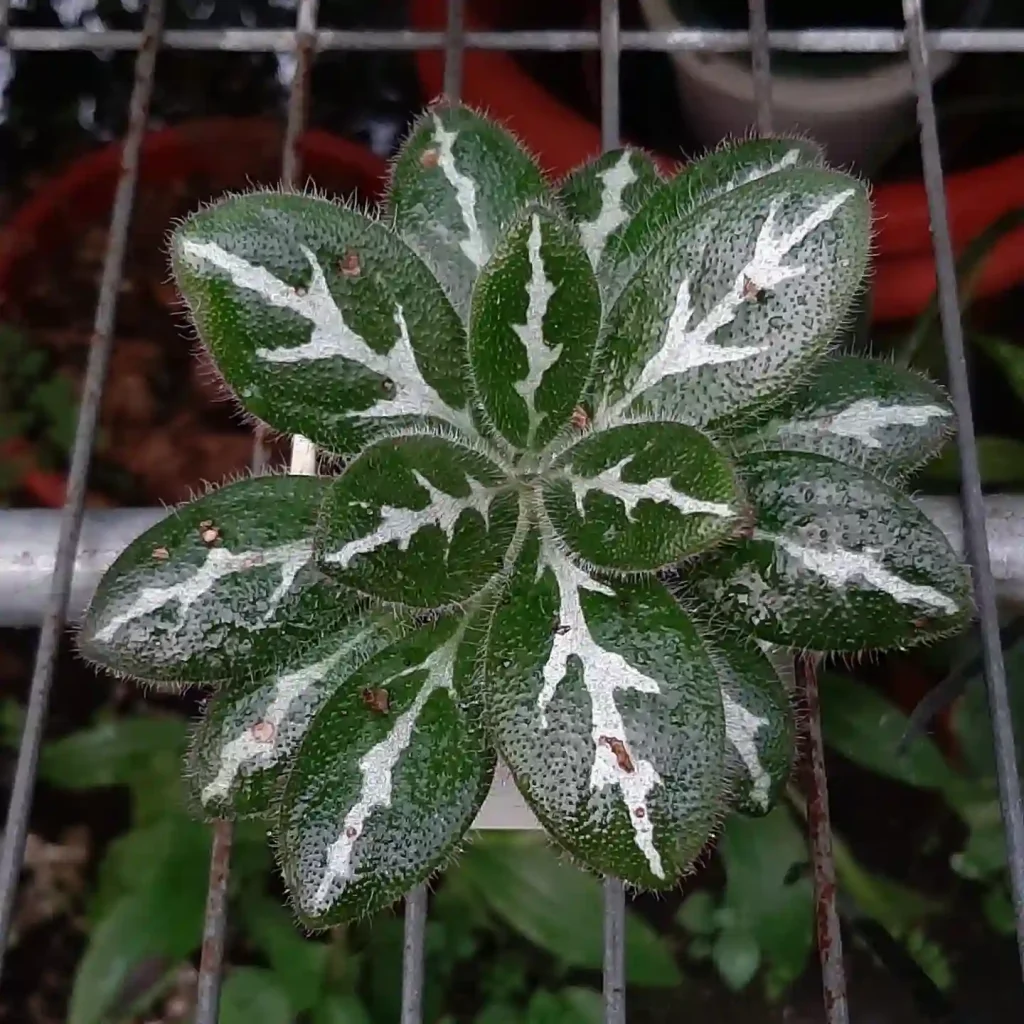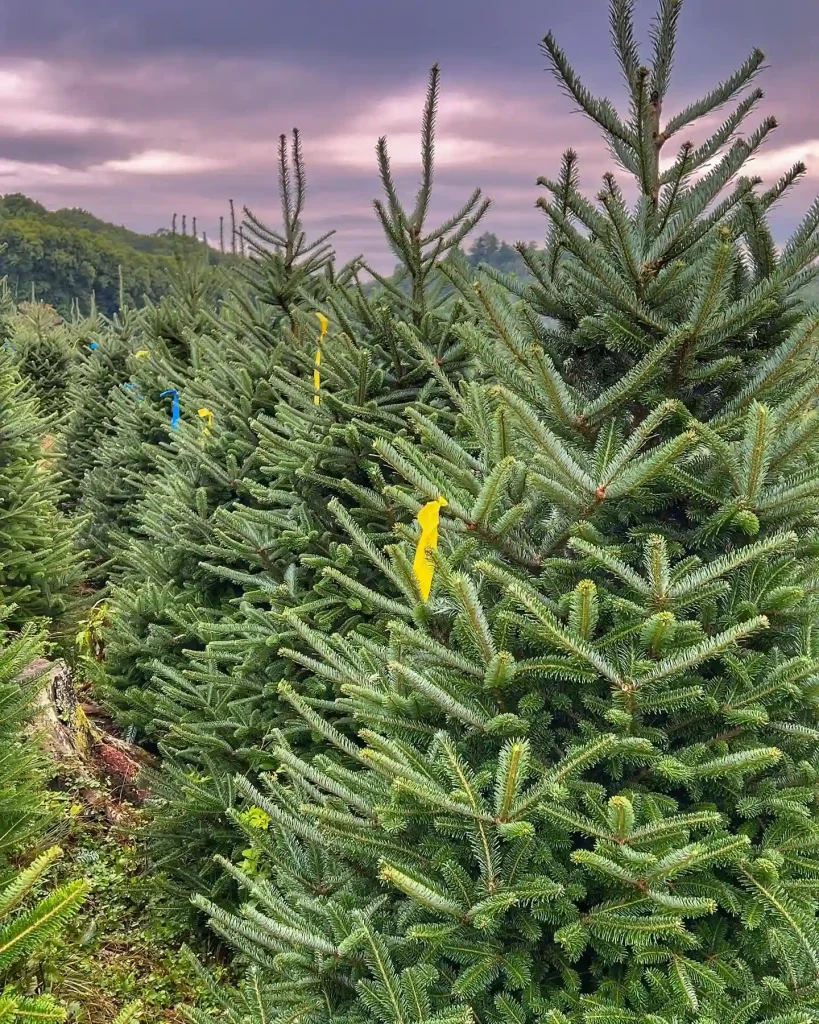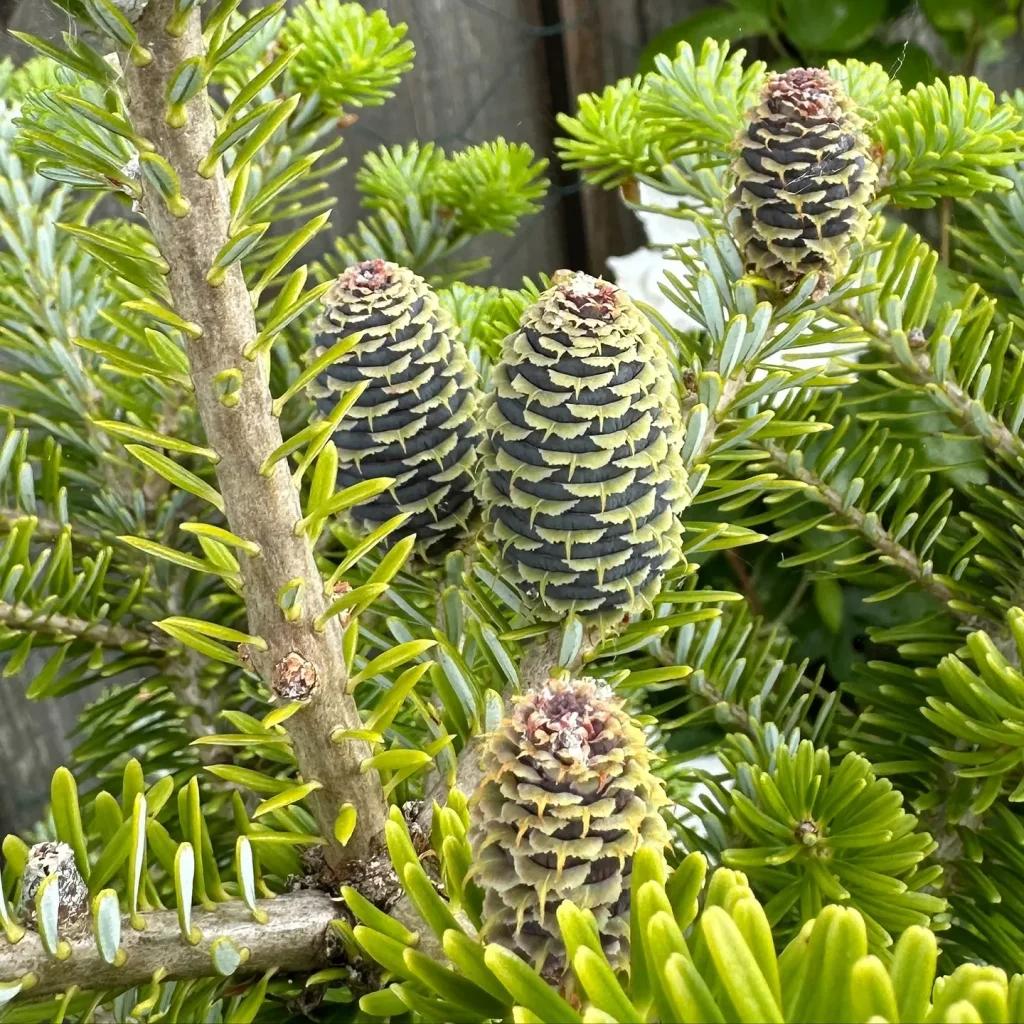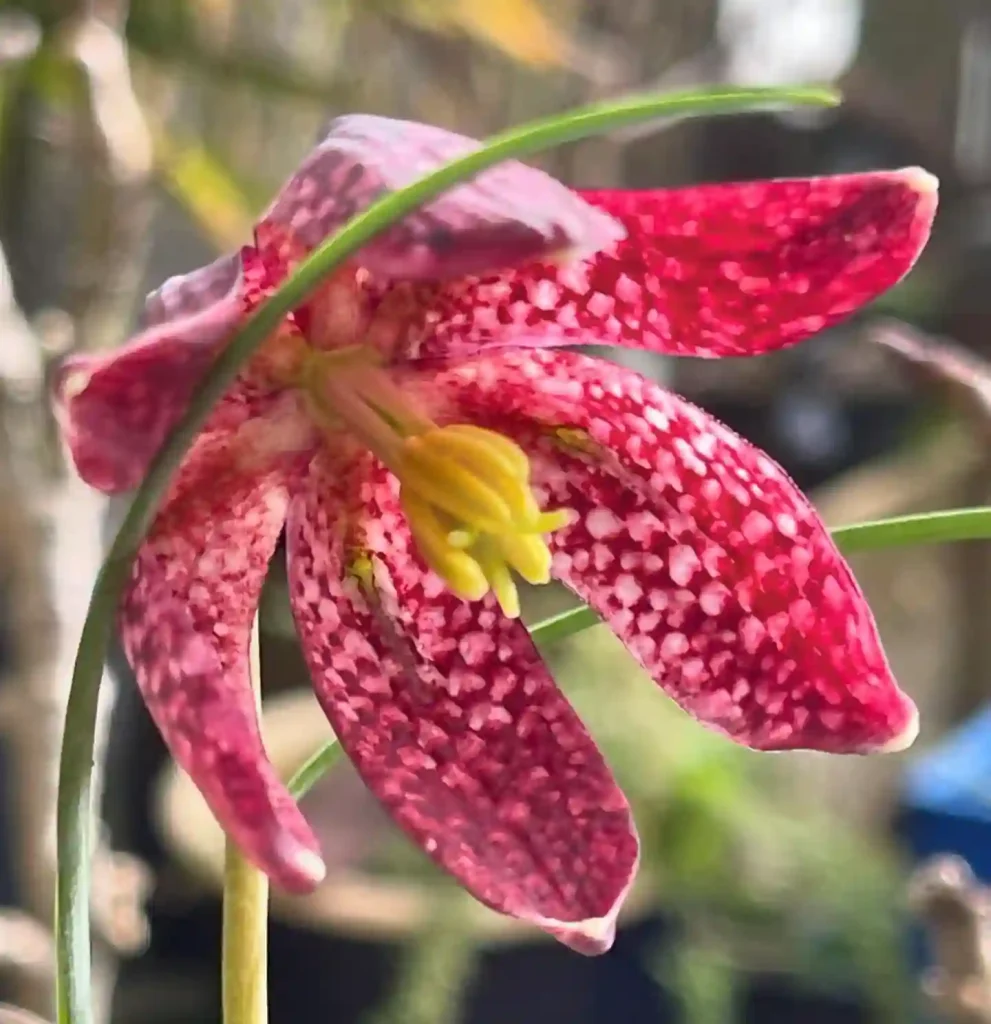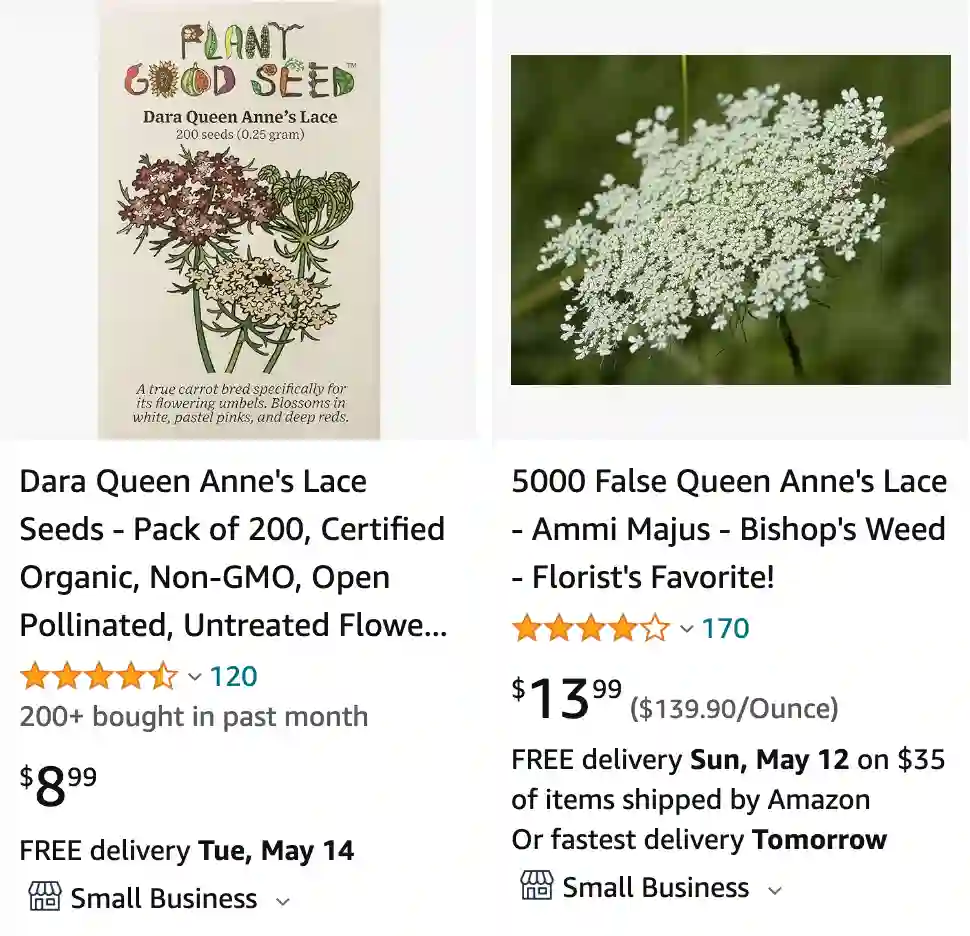
Is queen anne’s lace poisonous?
Yes, I’ve had some experience with Queen Anne’s lace, also known as wild carrot. When I was younger, I remember seeing it growing along the roadside during summer walks. I was always intrigued by its delicate, lacy flowers. However, I also recall being cautioned by my parents about its resemblance to poison hemlock. This similarity made me wary of it, as poison hemlock is indeed highly toxic. While Queen Anne’s lace isn’t inherently poisonous like its lookalike, I’ve learned to be cautious when identifying plants in the wild, especially ones with similar appearances. It’s always better to err on the side of caution and avoid ingesting any plant unless I’m absolutely certain of its safety.
What is queen anne’s lace good for?
Queen Anne’s lace, or wild carrot, has several uses that I find fascinating. Beyond its aesthetic appeal with its delicate, lacy flowers, it has historical and culinary significance. In the past, I’ve read about how it was used as a medicinal herb by various cultures, particularly for its diuretic properties and as a remedy for various ailments. Some even consider it an aphrodisiac, though I’ve never personally tested that claim. Additionally, I’ve come across recipes that incorporate its young roots in cooking, particularly in soups and stews. While I haven’t tried cooking with it myself, the idea of foraging for wild ingredients and incorporating them into meals appeals to my sense of adventure and connection with nature. Overall, Queen Anne’s lace serves as a reminder of the diverse uses of plants beyond mere decoration, enriching both culinary and cultural landscapes.
Is queen anne’s lace edible?
Yes, Queen Anne’s lace, also known as wild carrot, is indeed edible. I’ve had some experience exploring its culinary potential and learning about its historical uses in cooking. The young roots of Queen Anne’s lace can be harvested and used as a vegetable in various dishes, such as soups, stews, or even roasted as a side dish. However, it’s essential to be cautious and ensure proper identification, as it closely resembles poison hemlock, which is highly toxic. I’ve learned to rely on reputable sources and expert guidance when foraging for wild edibles to avoid any risks. Overall, while I haven’t personally cooked with Queen Anne’s lace, I find the idea of incorporating wild ingredients into meals intriguing and see it as a way to connect with nature and explore new culinary experiences.
Is queen anne’s lace invasive?
In my experience, Queen Anne’s lace, or wild carrot, can indeed be considered invasive in certain regions. I’ve encountered it spreading rapidly in fields, along roadsides, and in other disturbed habitats. While it’s native to Europe and parts of Asia, it has been introduced to many other parts of the world, where it can outcompete native plant species and disrupt ecosystems. Its prolific seeding and ability to thrive in various soil types contribute to its invasive potential. Despite its attractive appearance, its invasiveness can pose challenges for native plant communities and agricultural land. I believe it’s essential to manage invasive species like Queen Anne’s lace through monitoring and control efforts to protect the biodiversity of ecosystems.
What does queen anne’s lace look like?
Queen Anne’s lace has a distinctive appearance that I find captivating. It typically grows up to three feet tall and features finely divided, fern-like leaves that give it a delicate and lacy appearance. The plant produces clusters of tiny white flowers that form a flat-topped umbel shape, resembling a lace doily or a delicate floral arrangement. Each flower cluster is supported by a long, slender stem, adding to its graceful aesthetic. What’s particularly interesting is the small, dark purple flower at the center of the umbel, which is said to represent a drop of blood from Queen Anne, hence the plant’s name. Overall, Queen Anne’s lace has a charming and intricate look that makes it stand out in fields, meadows, and along roadsides.
How to get rid of queen anne’s lace?
Getting rid of Queen Anne’s lace can be challenging due to its prolific seeding and deep taproot. In my experience, one effective method is manual removal, especially for small infestations. I’ve found that using a garden shovel or hoe to dig up the entire plant, including the root, can help prevent regrowth. It’s essential to remove the plant before it goes to seed to prevent further spread. For larger infestations, I’ve heard of mowing or cutting down the plants before they flower to prevent seed production, although this may need to be repeated multiple times to exhaust the seed bank in the soil. In agricultural settings, herbicides may be used as a last resort, but I prefer to explore non-chemical methods first to minimize environmental impact. Overall, persistence and a combination of control methods are key to effectively managing Queen Anne’s lace infestations.
When does queen anne’s lace bloom?
I can’t quite pinpoint the exact date, but I always know summer’s really hit when I see Queen Anne’s lace starting to bloom. It’s like a reliable marker on the calendar. Those big, white clusters of flowers always pop up along the roadsides near my house around late June, early July. It’s a beautiful sight, and it makes me want to grab my camera and head out for a drive to capture the scenery.
How to dry queen anne’s lace?
I actually tried drying Queen Anne’s lace last year for some fall decorations. It was a bit trickier than I thought! Hanging them upside down worked okay, but the flowers ended up curling inwards like little umbrellas. This year, I’m planning to try pressing them instead. I found a flower press online, but you could probably use a heavy book too. That way, I can hopefully keep the flat, lacy look of the flowers. I’ll definitely post some pictures online once I see how it turns out!
How to grow queen anne’s lace?
I dabbled in growing Queen Anne’s lace a few years ago, and let me tell you, it’s a trooper of a plant. I scattered some seeds in a sunny corner of my garden bed in the early fall, not expecting much. To my surprise, come springtime, I had a whole little patch of delicate green seedlings poking through the soil. They barely needed any fuss from me – just a bit of watering during dry spells. Then, by midsummer, I was rewarded with those gorgeous white blooms that attracted all sorts of butterflies and bees. The only downside is that the plant can spread pretty readily. I had to be diligent about deadheading the flowers before they went to seed to keep it from taking over the whole bed! But overall, it’s a beautiful and easy-to-grow addition to any wildflower garden.
Does queen anne’s lace have chiggers?
Well, Queen Anne’s lace itself doesn’t exactly have chiggers living on it, but let me tell you, those pretty flowers seem to be a magnet for the little buggers. Every year, without fail, if I brush up against Queen Anne’s lace in the tall grass, I end up with those itchy red chigger bites later. It’s gotten to the point where I almost consider them a warning sign – pretty flowers, sure, but watch out for the itchy hitchhikers! Maybe next time I admire Queen Anne’s lace, I’ll stick to looking from a safe distance!
How to tell queen anne’s lace from hemlock?
Telling Queen Anne’s lace apart from poison hemlock is something I pay close attention to since they both love popping up in fields and along roads. Here’s the trick I use: Look closely at the stem. Queen Anne’s lace, like my grandma used to say, is a bit of a hairy situation – its stems are rough and covered in fine hairs. Hemlock on the other hand, is a smooth operator – its stems are completely hairless, and often have splotches of purple that just scream “don’t touch!” Another giveaway is the flower clusters. Queen Anne’s lace has a flat-topped, lacy bloom, almost like a delicate doily. Hemlock’s clusters are rounder and looser, with the flowers not as tightly packed. Remember, when in doubt, it’s always best to leave it out! There’s no point in risking a brush with something poisonous.
Are yarrow and queen anne’s lace the same?
Nope, yarrow and Queen Anne’s lace are look-alikes, but definitely not the same! It’s easy to get confused at first glance, those flat white flower clusters can be deceiving. But once you know what to look for, it’s like cracking a secret code. Queen Anne’s lace has a smoother stem, often with tiny hairs, and the flower cluster is like a flat lace doily. Yarrow, on the other hand, has a more leafy stem and its flowers are more bunched together, like a puffball compared to Queen Anne’s lace’s lacy umbrella. Plus, yarrow flowers often have a reddish hue in the center, unlike the pure white of Queen Anne’s lace. Now that I know the differences, I can admire them both without getting worried about confusing them!
If i die, water my plants!
